
Westerplatte: A Symbol of Valor and Resilience
Discover the historical significance of Westerplatte, the site where World War II began, and reflect on its enduring legacy amidst stunning coastal views.
Westerplatte, located in Gdańsk, Poland, is a historic site that holds immense significance as the birthplace of World War II. This scenic peninsula offers a poignant reminder of the past, featuring monuments, memorials, and breathtaking views of the Baltic Sea. Visitors can explore the remains of the former military transit depot, engage in reflective walks along the coastline, and appreciate the remarkable history that shaped modern Europe.
A brief summary to Westerplatte
- Gdańsk, Przeróbka, 80-001, PL
- Visit website
Local tips
- Visit early in the morning or late in the afternoon to avoid crowds and enjoy a more peaceful atmosphere.
- Bring comfortable walking shoes, as you'll want to explore the expansive area and its walking trails.
- Take your time to read the informational plaques scattered throughout the site for deeper insights into its historical significance.
- Consider joining a guided tour for a more in-depth understanding of the events that took place here.
- Don't forget your camera; the views of the Baltic Sea and the monuments make for stunning photographs.
Getting There
-
Car
If you are driving from Hel, head southwest on the main road (DW216) towards Puck. Follow the signs for Gdańsk and merge onto the S7 expressway. Continue on S7 until you reach the Gdańsk exit. Take the exit towards Gdańsk Przeróbka and follow the signs for Westerplatte. You will arrive at the historical site, which is well-signposted. Parking is available near the site, but be aware that there may be a small fee.
-
Public Transportation
To reach Westerplatte using public transportation, take the PKP train from Hel to Gdańsk Główny station. This journey takes approximately 1.5 hours. Once at Gdańsk Główny, transfer to tram line 10 towards 'Nowa Wieś' and get off at the 'Westerplatte' stop. From there, it's a short walk to the site. Make sure to check the local transportation schedule for any changes in timetables. The train ticket costs around 20 PLN, and the tram fare is approximately 3 PLN.
Discover more about Westerplatte
Iconic landmarks you can’t miss
Historyczna kamienica K. Dąbrowskiego (Dobronski) i Augusta Wienera z ok. 1890 r
4.4 km
Explore Gdańsk's rich history at the Historical Kamienica K. Dąbrowskiego and Augusta Wienera, an architectural gem from the 1890s.
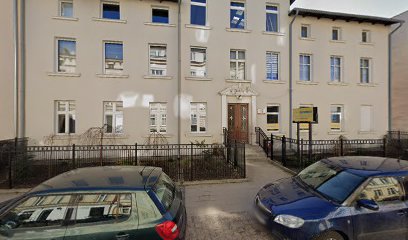
Rondo im. Güntera Grassa
4.5 km
Discover the serene beauty of Rondo im. Güntera Grassa in Gdańsk, where art meets nature for a perfect leisurely escape.
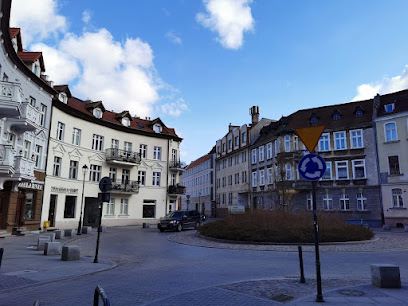
Historical location of Danzig Langfuhr station
4.8 km
Explore the charming Historical Danzig Langfuhr Station, a captivating rail museum that reveals Gdańsk's rich railway history and architectural beauty.
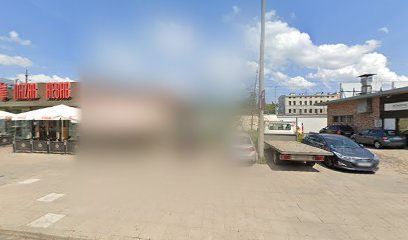
Ulica Elektryków
4.8 km
Explore the culinary paradise of Ulica Elektryków in Gdańsk, a vibrant food court offering a mix of local and international flavors for every palate.
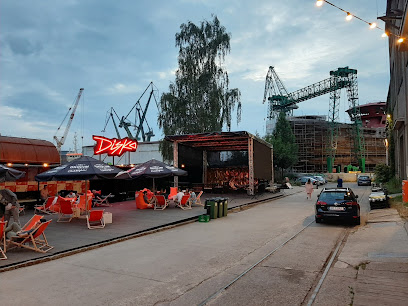
Hotel Mercure Gdańsk Posejdon
4.9 km
Discover the perfect blend of comfort and culture at Hotel Mercure Gdańsk Posejdon, your ideal base for exploring the vibrant city of Gdańsk.

Marktplatz
5.0 km
Discover the charm of Gdańsk at Marktplatz, a historical landmark showcasing the city’s rich maritime heritage and stunning architectural beauty.

St. Nicholas Church
5.1 km
Explore the serene St. Nicholas Church in Gdańsk, a stunning Orthodox church showcasing exquisite architecture and rich cultural heritage.
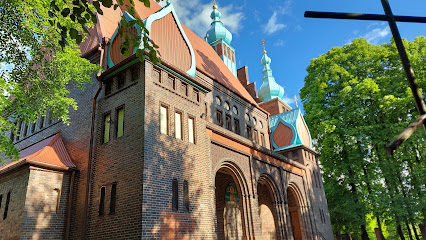
European Solidarity Centre
5.1 km
Discover the heart of Poland's fight for freedom at the European Solidarity Centre in Gdańsk, a museum celebrating resilience and collective action.
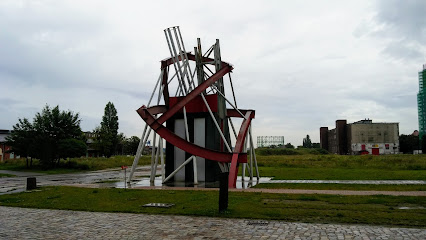
Stocznia Gdańska
5.2 km
Explore Stocznia Gdańska, a UNESCO World Heritage site embodying Poland's maritime history and the birthplace of the Solidarity movement.

Monument to the Fallen Shipyard Workers of 1970
5.2 km
Explore the Monument to the Fallen Shipyard Workers in Gdańsk, a poignant tribute to resilience and a cornerstone of Poland's fight for freedom.
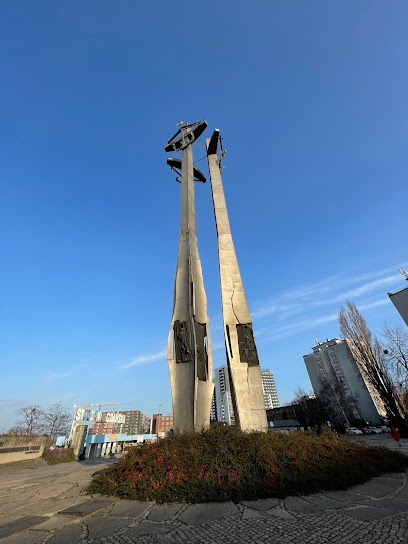
Gdańsk Zaspa
5.2 km
Explore Gdańsk Zaspa, a vibrant train station and cultural hub, connecting you to the best of Gdańsk and the beautiful Baltic coast.
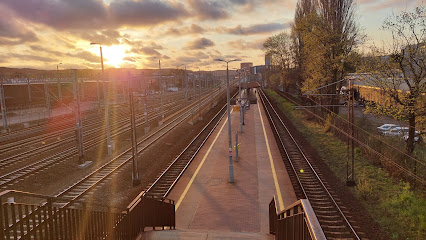
Mural z Krawczykiem
5.4 km
Explore the vibrant Mural z Krawczykiem in Gdańsk, a captivating artistic landmark that showcases the city's rich cultural heritage and creativity.
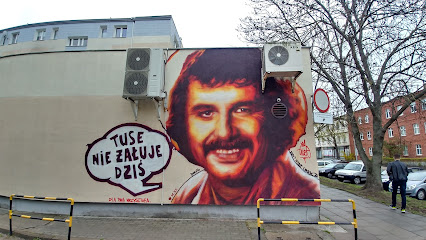
Church of St. James
5.5 km
Discover the architectural beauty and spiritual serenity of the Church of St. James in Gdańsk, a must-visit landmark for every traveler.
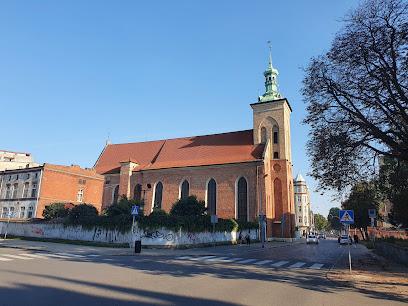
Historical location of riding hall of the West Prussian Train Bataillon No. 17
5.5 km
Discover the Riding Hall of the West Prussian Train Bataillon No. 17, a historical landmark in Gdańsk showcasing architectural beauty and rich military heritage.
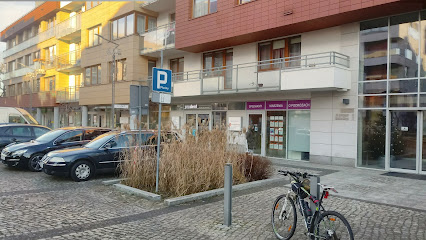
Dwór Studzienka
5.5 km
Explore the architectural beauty and rich history of Dwór Studzienka, a captivating landmark in Gdańsk, Poland, perfect for history lovers and travelers.
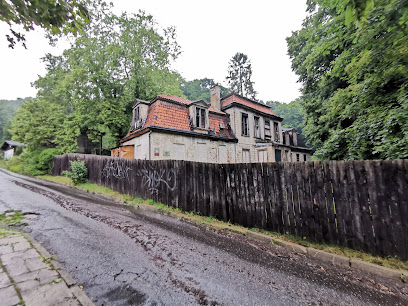
Unmissable attractions to see
Westerplatte Museum
0.1 km
Explore the Westerplatte Museum in Gdańsk, a historical site commemorating the bravery of Polish soldiers during World War II.
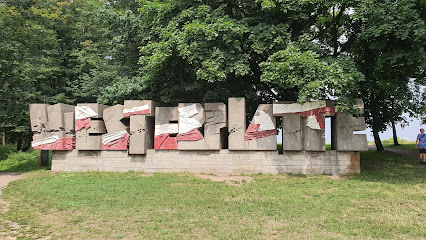
New Barracks - Westerplatte Walkable Ruins
0.3 km
Explore the historic New Barracks at Westerplatte, where Poland's military past comes alive amidst haunting ruins and stunning coastal views.
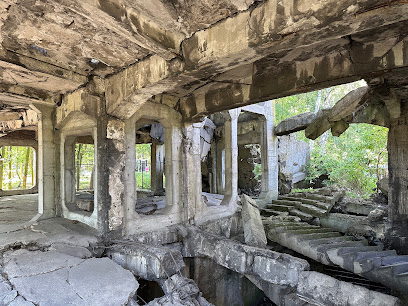
Nowy Port Lighthouse
0.4 km
Explore Gdańsk's Nowy Port Lighthouse, a historical marvel offering scenic views and rich maritime heritage for all travelers.
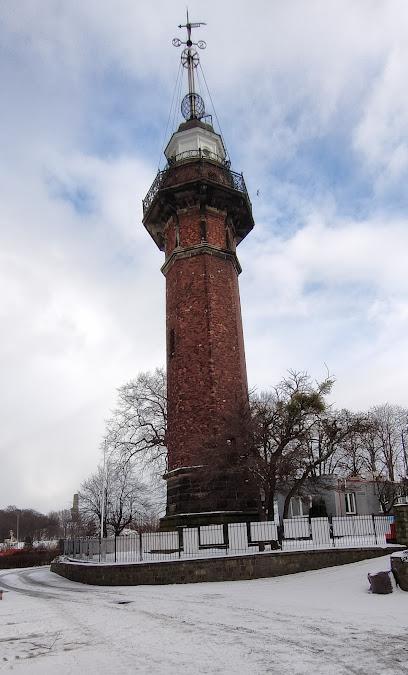
Plaża przy Westerplatte
1.2 km
Explore the serene beauty of Westerplatte Beach, a historical gem in Gdańsk that invites relaxation and reflection on Poland's rich past.
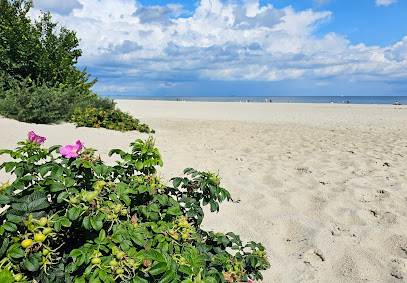
Wisłoujście Fortress
1.5 km
Discover Gdańsk's Wisłoujście Fortress: A historical gem showcasing maritime heritage and stunning views.
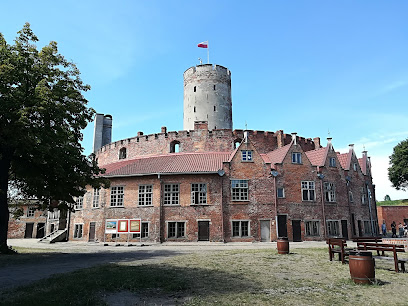
Brzeźnieński Park
1.5 km
Explore the lush landscapes and tranquil atmosphere of Brzeźnieński Park in Gdańsk, your perfect nature escape in Poland.
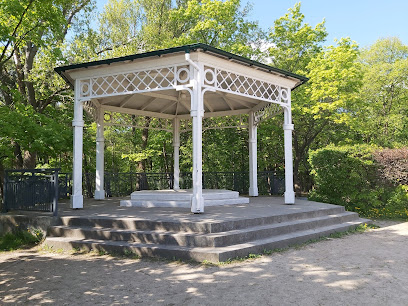
Papugarnia Gdańsk
2.2 km
Explore the enchanting world of Papugarnia Gdańsk: an aquarium-zoo hybrid featuring exotic birds and delicious pizza in the heart of Gdańsk.

Polsat Plus Arena Gdańsk
2.5 km
Discover the excitement of Polsat Plus Arena Gdańsk, a premier stadium for sports and concerts in the heart of Gdańsk, Poland.
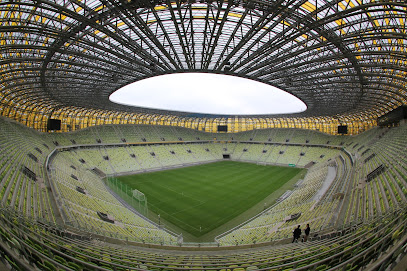
Brzeźno Pier
2.8 km
Discover the tranquil beauty of Brzeźno Pier in Gdańsk, a perfect blend of relaxation and stunning coastal views.
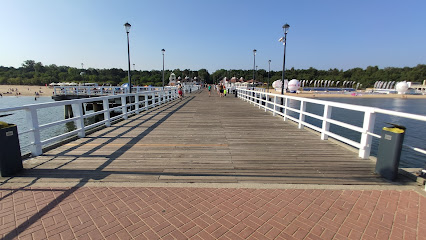
Molo w Brzeźnie
2.8 km
Discover the stunning vistas and vibrant atmosphere at Molo w Brzeźnie, Gdańsk's premier observation deck and seaside attraction.
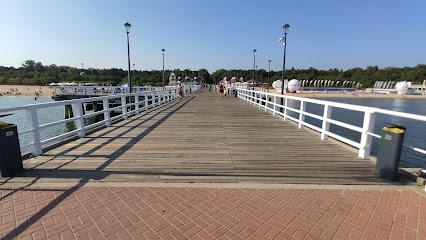
President Ronald Reagan Park
3.8 km
Explore the serene beauty of President Ronald Reagan Park in Gdańsk, a perfect retreat for nature lovers and families alike with its lush landscapes and recreational activities.
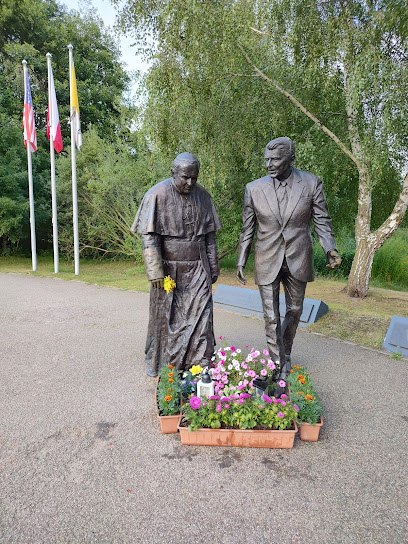
Gdansk Shipyard
4.1 km
Explore the Gdansk Shipyard, a historic site that showcases Poland's shipbuilding legacy and the spirit of the Solidarity movement.
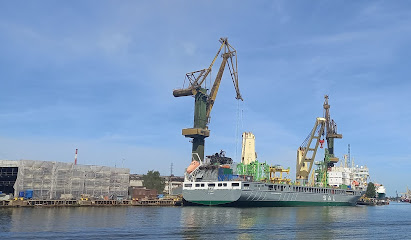
Arc of Freedom
4.2 km
Explore the Arc of Freedom in Gdańsk, a striking modern art installation celebrating liberty and human rights amidst stunning cityscapes.
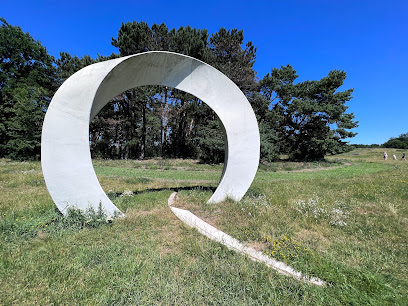
Rzeźba FREEDOM
4.3 km
Discover Rzeźba FREEDOM in Gdańsk: A towering sculpture symbolizing liberty, resilience, and the rich cultural heritage of Poland.
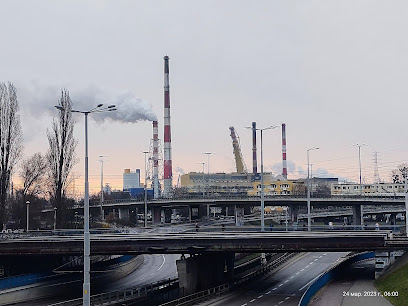
Mural
4.3 km
Explore Gdańsk's vibrant mural, a stunning tourist attraction that embodies the city's artistic spirit and cultural richness.

Essential places to dine
Peperino
2.6 km
Experience authentic Italian cuisine at Peperino in Gdańsk - where every meal feels like home.
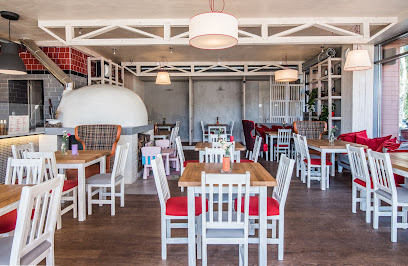
Restauracja Lucynka
4.3 km
Discover authentic Polish flavors at Restauracja Lucynka in Gdańsk - A culinary gem offering traditional dishes and warm hospitality.
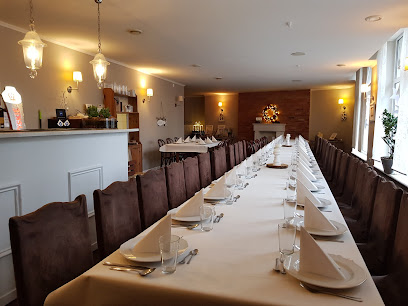
Avocado Vegan Bistro
4.5 km
Discover the vibrant flavors of plant-based cuisine at Avocado Vegan Bistro in Gdańsk - a must-visit destination for food enthusiasts.
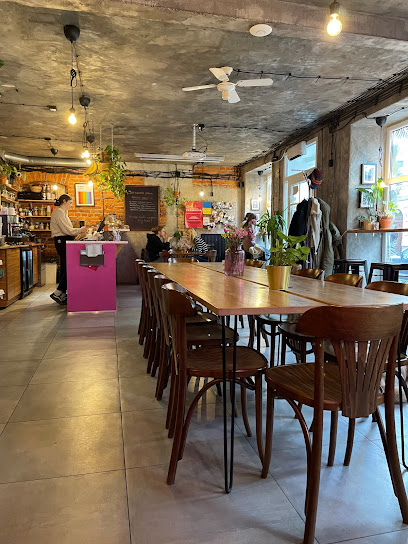
Zielona Papuga
4.6 km
Discover authentic Polish flavors at Zielona Papuga in Gdańsk - where tradition meets taste in every dish.
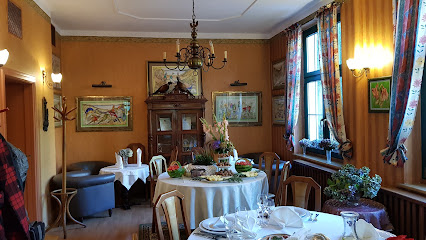
Hewelke Restaurant & Bakery | Restauracja Gdańsk | Piekarnia (wt - sob 7:00 - 20:00)| Koktajl bar Gdańsk Wrzeszcz
4.6 km
Discover the culinary artistry at Hewelke Restaurant & Bakery in Gdańsk - where exquisite dishes meet delightful baked goods.
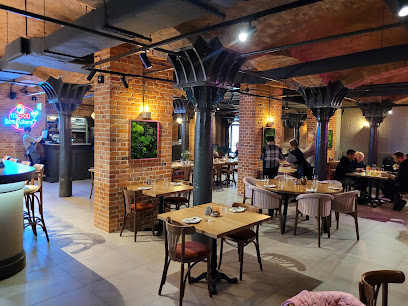
Chochla
4.7 km
Savor the essence of Polish cuisine at Chochla, Gdańsk's beloved soup and pie shop offering warmth and deliciousness.

AïOLI inspired by Gdańsk
5.1 km
Discover AïOLI Inspired by Gdańsk - where European charm meets diverse culinary delights in the heart of Poland.
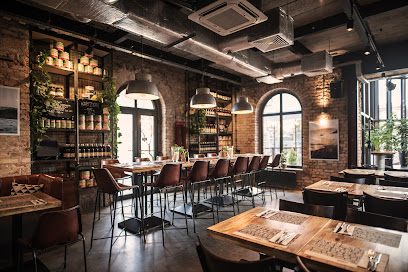
Winne Grono
5.3 km
Discover Winne Grono in Gdańsk: A premier wine bar offering exquisite local cuisine paired with an extensive selection of wines.
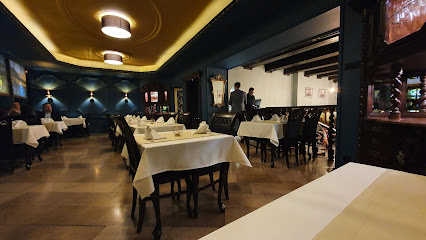
Hacjenda
5.4 km
Discover authentic Polish flavors at Hacjenda in Gdańsk - where tradition meets taste in a warm and inviting setting.
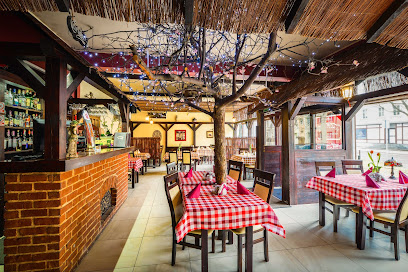
Marmolada Chleb i Kawa
5.5 km
Discover Marmolada Chleb i Kawa: where delicious brunch meets charming ambiance in the heart of Gdańsk.

LULA food & drink
5.5 km
Experience modern European cuisine at LULA food & drink in Gdańsk, where fresh ingredients meet innovative cooking.
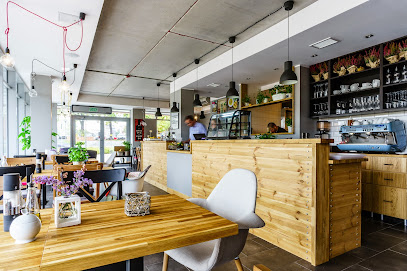
Swojski Smak
5.6 km
Experience authentic Polish cuisine at Swojski Smak in Gdańsk – where tradition meets taste in every dish.
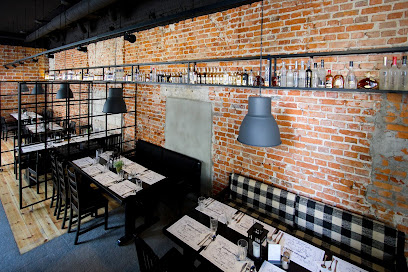
Jaffa Eat & Drink
5.6 km
Discover authentic Israeli cuisine in Gdańsk at Jaffa Eat & Drink – a culinary gem offering vibrant flavors and warm hospitality.

ELIKSIR Restaurant & Cocktailbar
5.7 km
Savor the essence of European and Polish cuisine at ELIKSR Restaurant & Cocktailbar in Gdańsk – where every meal is a celebration.

Motlava Restaurant
5.7 km
Experience authentic Polish cuisine at Motlava Restaurant in Gdańsk – where tradition meets flavor in every dish.

Markets, malls and hidden boutiques
La Boutique
3.4 km
Explore La Boutique in Gdańsk for unique vintage clothing and sustainable fashion treasures that reflect local culture and history.

TRANZYT
4.6 km
Explore TRANZYT in Gdańsk, a vintage clothing store where each piece tells a story, offering styles from classic to edgy for every fashion enthusiast.
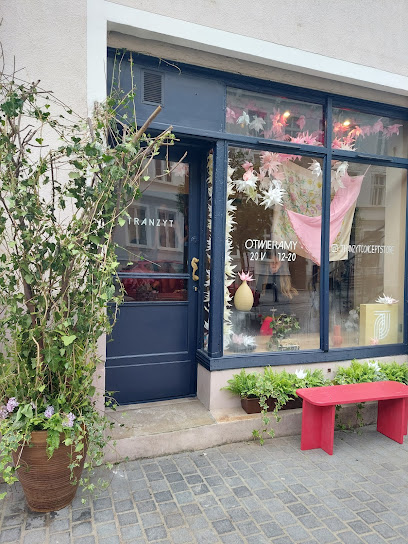
Galeria Metropolia
4.8 km
Explore Galeria Metropolia in Gdańsk for a unique shopping experience with diverse shops, dining, and entertainment options.
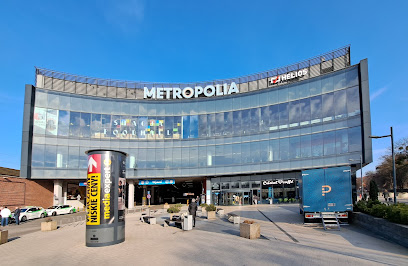
Galeria Przymorze
4.9 km
Discover a vibrant shopping experience at Galeria Przymorze in Gdańsk, Poland, where retail, dining, and entertainment await.

Eva boutique. Kujawa-Stopczyńska I.
5.0 km
Discover unique fashion pieces and local designs at Eva Boutique in Gdańsk, a must-visit destination for style-savvy travelers.

Flying Tiger Copenhagen
5.0 km
Explore Flying Tiger Copenhagen in Gdańsk for vibrant gifts, quirky home goods, and unique finds that capture the spirit of creativity and fun.
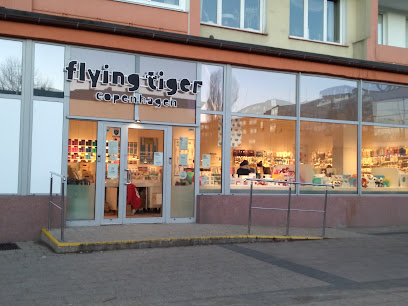
Manhattan
5.0 km
Discover Manhattan in Gdańsk: Your ultimate shopping destination featuring diverse retail, dining options, and family-friendly activities.
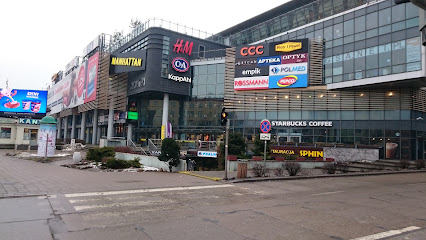
Kup Sę
5.0 km
Explore Gdańsk's stylish side at Kup Sę, a trendy clothing store offering a unique selection of fashion and accessories.

Galeria Bałtycka
5.1 km
Explore Galeria Bałtycka in Gdańsk, a premier shopping destination with diverse stores, dining options, and entertainment for all ages.
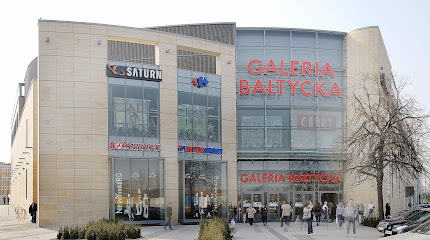
Souvenirs by Visitgdansk
5.1 km
Discover unique gifts and local treasures at Souvenirs by Visitgdansk in the heart of historic Gdańsk, Poland.
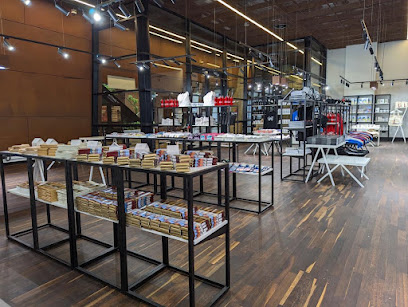
Galeria Bukowski
5.1 km
Explore Galeria Bukowski in Gdańsk for unique gifts, local crafts, and authentic Polish souvenirs that capture the essence of your travels.

Klamoty
5.2 km
Explore Gdańsk's Klamoty for a unique vintage clothing experience, filled with eclectic finds and sustainable fashion treasures.

POP concept store
5.7 km
Experience the charm of Gdańsk at POP Concept Store, where modern design meets local craftsmanship in a unique shopping destination.

Galeria Madison
5.7 km
Discover Galeria Madison, a vibrant shopping mall in Gdańsk offering a rich variety of shops, restaurants, and services for an unforgettable experience.

Oliwa Shopping Center
5.7 km
Explore the vibrant Oliwa Shopping Center in Gdańsk, where shopping, dining, and entertainment come together in a lively atmosphere.
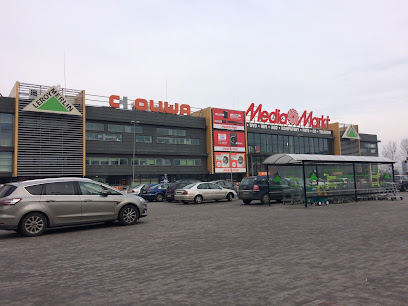
Essential bars & hidden hideouts
Polufka Pub
4.4 km
Experience the heart of Gdańsk at Polufka Pub, where craft beer meets cozy ambiance and delicious Polish cuisine.

Pod rurami
4.4 km
Discover the charm of Gdańsk at Pod rurami, a cozy bar offering a delightful selection of drinks and a warm atmosphere for relaxation.

Encyk Bar
4.5 km
Discover Gdańsk's Encyk Bar, a cozy pub offering a warm atmosphere, diverse drink selections, and a vibrant community spirit for all visitors.
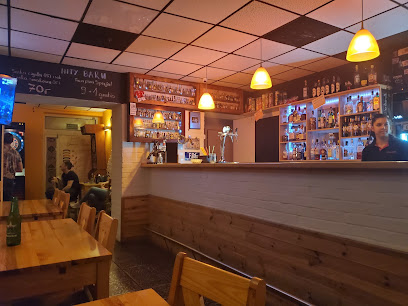
Bifor
4.5 km
Experience the best of Gdańsk at Bifor, a lively brewpub offering craft beers, delicious food, and a vibrant sports atmosphere.
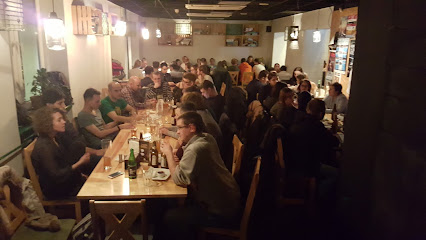
AleBrowar Wajdeloty
4.6 km
Experience the vibrant atmosphere and exceptional craft beers at AleBrowar Wajdeloty, a must-visit brewery pub in Gdańsk.
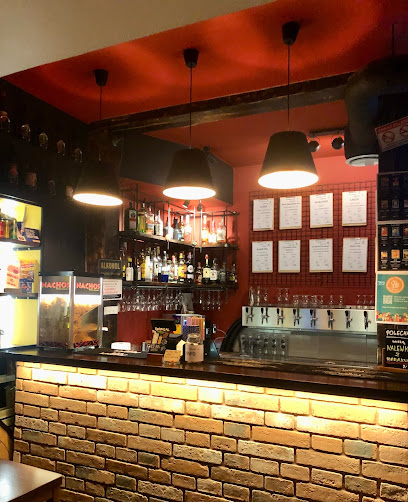
Z INNEJ BECZKI
4.6 km
Discover the vibrant craft beer scene at Z Innej BeczkI, a cozy brewpub in Gdańsk offering unique flavors and delicious pairings.
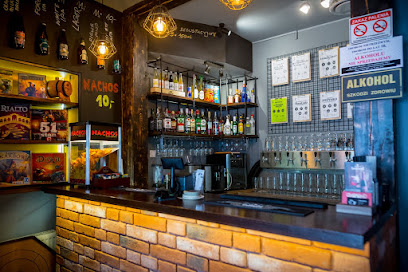
Sports Pub
4.7 km
Experience the thrill of sports and nightlife at Gdańsk's top sports pub, where excitement and great company collide.

Graciarnia
4.9 km
Discover the best of Gdańsk at Graciarnia, a brewpub blending craft beer, delicious food, and board games for a fun night out.
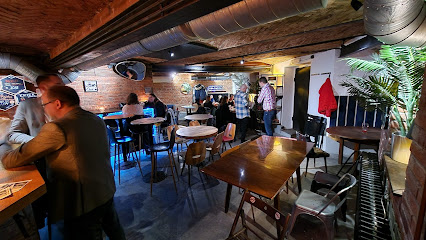
Pub Spółdzielczy
5.3 km
Discover the vibrant brewpub culture of Gdańsk at Pub Spółdzielczy, where craft beer meets delicious local cuisine in a welcoming atmosphere.

El Mariachi Tequila Bar & Club
5.8 km
Discover the vibrant El Mariachi Tequila Bar & Club in Gdańsk, where cocktails, dancing, and a lively atmosphere await you.

Browar & Restauracja PG4 Gdańsk
6.0 km
Experience the best of Polish and German cuisine at Browar & Restauracja PG4 in Gdańsk, where fresh craft beer meets delectable dishes.

Pub Spółdzielnia
6.0 km
Discover the warm and inviting atmosphere of Pub Spółdzielnia in Gdańsk, where great drinks meet local culture at affordable prices.
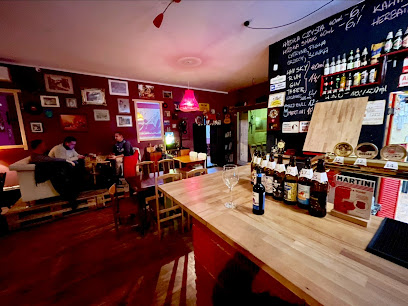
Cafe Szafa
6.1 km
Discover the cozy ambiance of Cafe Szafa in Gdańsk, a perfect pub retreat for travelers seeking relaxation and local flavor.
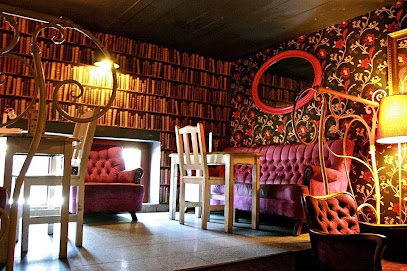
Labeerynt
6.2 km
Discover Labeerynt, Gdańsk's premier brewpub, where local craft beers meet delicious cuisine in a cozy atmosphere.
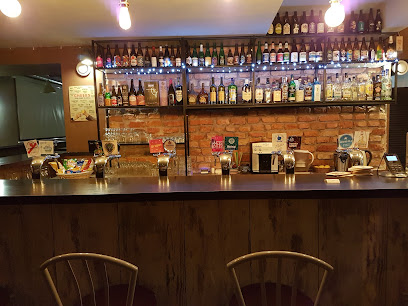
Pub Polskie Kino
6.2 km
Discover the heart of Gdańsk at Pub Polskie Kino, where craft brews and local culture come together in a vibrant atmosphere.




